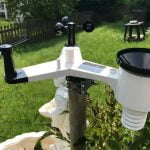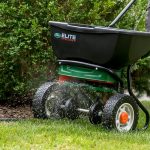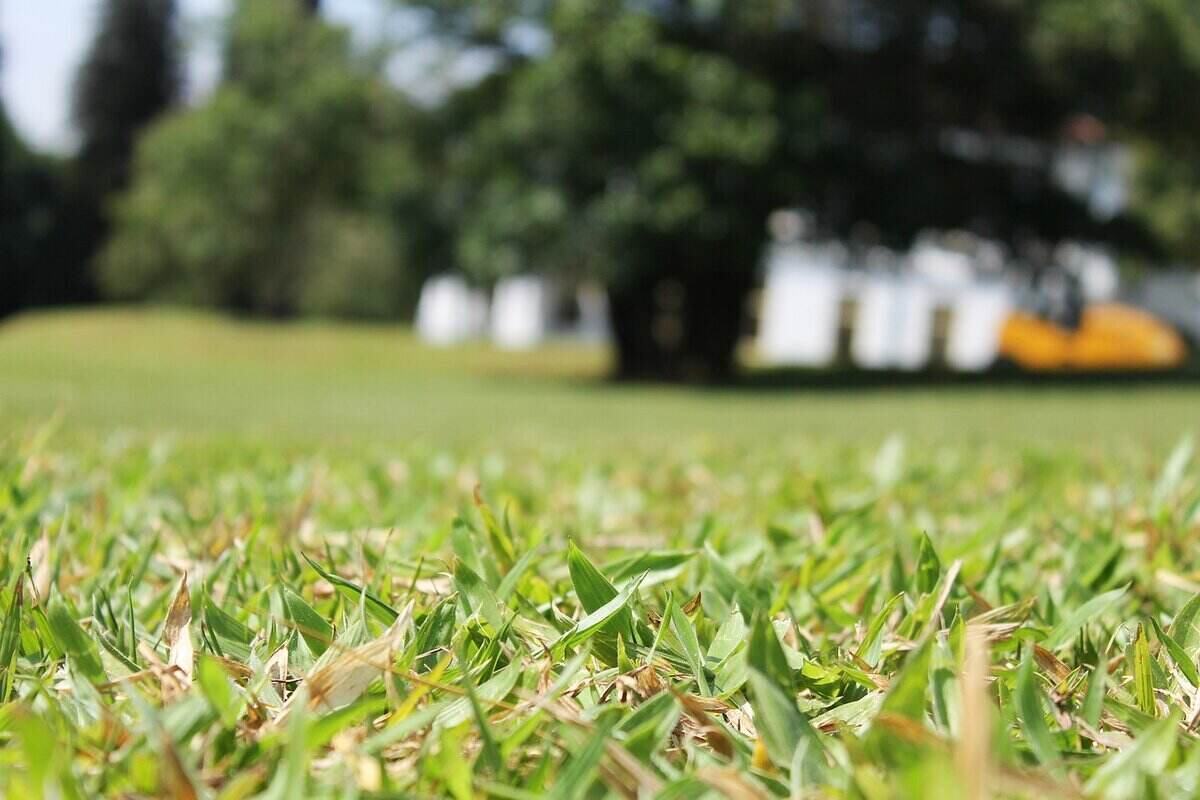Yard work is never easy, but it gets even more difficult when the temperatures go past 90 degrees. It only becomes bearable once the sun starts to set. The grass can suffer from stress under direct sunlight as well.
You need to give it some extra TLC when it gets extremely hot during the summer.
To make sure ensure that your lawn will be in tiptop shape during the summer season, here are some tips we can recommend:
Sharpen Your Blades
When it is hot outside, you should have a sharp lawn mower blade to ensure clean cuts and prevent lawn disease in the process. On the other hand, a dull blade is going to result in fraying, tearing, and splitting.
Mow Lawns Higher
By mowing the lawn a notch higher, the grass gets more height which lends the soil more shade and prevents the evaporation of moisture. Grass still requires energy to grow, so this is a good way to help it keep thriving.

Do Yard Work in the Morning or Evening
It makes sense to mow when it is cool outside. After all, no one enjoys sweating heavily with the sun shining down on us.
The best time to mow the grass is either 9 to 11 AM or 5 to 7 PM. At this time of the day, the turf is the strongest and can better withstand clipping. Otherwise, the heat will add stress that could cause grass disease.
Follow the ⅓ Rule
If you are not familiar with this, it refers to cutting no more than a third of the blade height. Be careful because going past this will stress out the grass, which may lead to less greening and disease.
Your lawn should not be overworked if you want it to green up again once the colder days roll in.
Mulch
In the summer, you should mulch clippings and allow the thatch to build. It is going to lock in the moisture to pave the way for root growth. With the help of a mulching blade and mower, you should be able to get fine clippings.
Avoid overdoing it because clumps of grass can turn into ugly brown spots. Monitor the thatch buildup on a weekly basis and bag the cut once you have more than half an inch.










